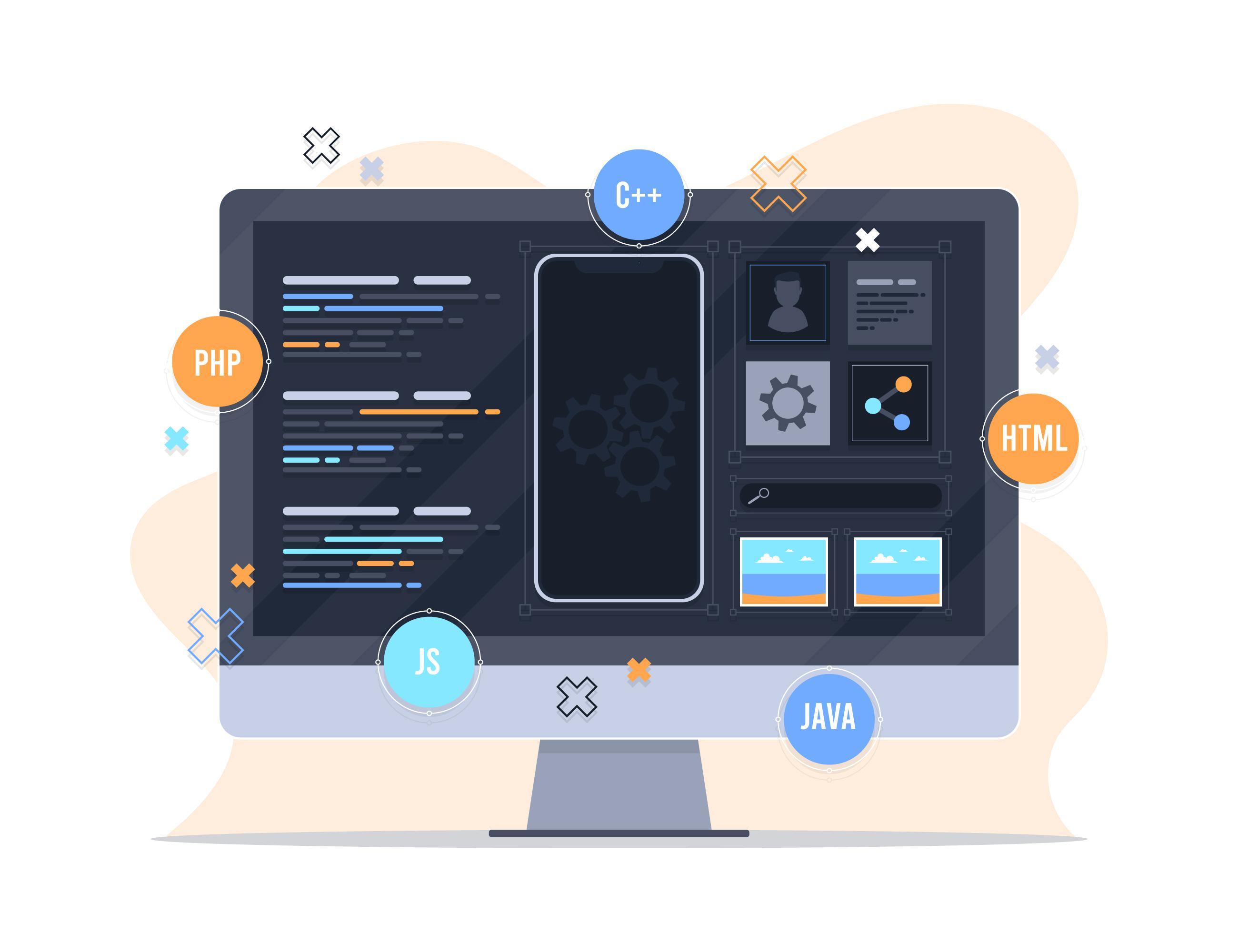
Designing a successful event program is a critical part of event planning. A well-crafted program goes beyond delivering content; it ensures audience engagement and motivates active participation. Achieving this requires meticulous planning and a focus on the audience's overall experience. In this article, we will explore the essential steps for designing an event program that captivates and engages your audience.
Before designing the program, you must have a clear objective for the event. Ask yourself:
A clearly defined objective guides all other elements of the program.
Knowing your audience is essential for event success. Understand:
Use surveys or questionnaires to gather insights about your audience before planning.
Once objectives are set and the audience profile is clear, it’s time to craft the event program.
Include a mix of activities to create a dynamic and engaging program. Some ideas:
Select presentations that align with the audience's interests:
Interaction is a key factor in capturing the audience’s attention. Here’s how you can boost engagement:
Allocate time for Q&A sessions after each presentation or activity, allowing the audience to engage with speakers directly and clarify their queries.
Divide participants into small groups for specific tasks or discussions. This encourages collaboration and helps attendees network effectively.
Ensure your program includes moments for attendees to connect and interact:
Effectively promote your event program to maximize participation:
After the event concludes, evaluate its success:
Designing an event program that attracts and engages the audience requires detailed planning and a deep understanding of their needs and expectations. By selecting suitable activities, offering interactive experiences, and fostering networking, you can create a unique experience that captivates attendees and leaves a lasting impression. Don’t forget that ongoing evaluation and refinement are key to delivering successful events in the future.
Your email address will not be published. Required fields are marked *